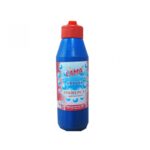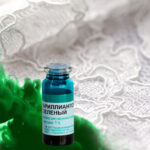Can tulle be washed in a washing machine and how to do it correctly
Tulle is a city in France where tulle was invented. It happened back in the 15th century. Since then, the translucent, lightweight fabric has spread widely around the world and has become an invariable attribute of the home interior. Small apartments, stately halls, kitchens, bedrooms, almost everywhere, you can find tulle window drapes.

Light, airy tulle curtains, especially in combination with curtains, will give the window aristocracy and completeness. Unfortunately, like any other fabric, tulle loses its freshness over time under the influence of house dust, sunlight and many other environmental factors. Is it possible to return the fabric to its previous appearance, if so, how to wash the tulle or, nevertheless, to buy a new one? Let's try to figure it out.
- How often should the tulle be washed
- How to machine wash tulle
- Special detergents for washing
- Folk remedies for washing
- Manual washing method
- Rules for washing tulle from different types of fabric
- How to bleach tulle
- How to remove tough stains
- Do I need to iron the tulle after washing
- General care rules
- Video: how to properly wash tulle
How often should the tulle be washed
Let's not rush to wash the curtains and see what factors determine the frequency of this procedure:
- The nature of the room. Agree, a curtain on a kitchen window gets dirty much faster than a curtain from a bedroom. If it is for children, then do not forget that the dust that collects on the drapery of the window may contain various microorganisms, fungal spores, and this is not very conducive to strengthening the immunity of your child.
- Environment. The quality of life in the forest by the lake is strikingly different from the urban environment. Moreover, if an industrial zone or a highway is located near the house. The dirtier the environment around the house, the more and faster dust accumulates not only in the tulle, but throughout the house. In such an environment, both washing the tulle and wet cleaning the room should be done as often as possible.
- Number of residents. Here we include not only adults and children, but also the animal fauna that lives in the apartment. Pets do not add cleanliness to curtains.
- Old tulle is washed more often than new.

Thus, no matter how we care about the cleanliness of our home, washing the tulle is necessary at least once every six months.
How to machine wash tulle
Updating window draperies is not the cheapest pleasure today, washing is a less expensive option, especially if you have an automatic washing machine. But, in order not to spoil expensive curtains, to keep their colors fresh or, on the contrary, snow-white, some little tricks will be required.

Preparation
Before washing the tulle in the washing machine, we will carry out preparatory measures. First, carefully remove the curtain from the eaves so as not to spread the dust accumulated over a long period in it throughout the apartment. We go out into the street and shake it out well, it is more convenient to do this together.

Further, the soaking procedure, do not be alarmed, the tulle tolerates it perfectly. To do this, immerse the curtain in a container with warm water and leave it for a while.After the water has completely cooled down and becomes cloudy due to the released dirt, wring out the fabric with your hands, drain the dirty water and proceed to machine wash.

In principle, the soaking step can be skipped if no heavy dirt is found on the fabric. But it should be remembered that not all stains are washed in the machine, therefore, there are several recommendations for preliminary soaking:
- Tulle curtains from kitchen windows should be soaked for several hours, with soda added to warm water, and then rinsed;
- Sprinkle grease stains with starch and leave for 5-7 minutes, then rinse off the starch and wash the places of contamination with laundry soap or oxygen bleach;
- To remove yellowness, it is best to soak tulle in salted warm water, a tablespoon of table salt per liter of water. Soak for at least three hours. After that, rinse and send to the washing machine.

Mode and temperature selection
It depends on the materials that make up the fabric at what temperature and mode to wash the tulle. Therefore, if you know the material from which the curtains are made, then the effectiveness of washing, without damaging the structure of the fabric, is guaranteed.
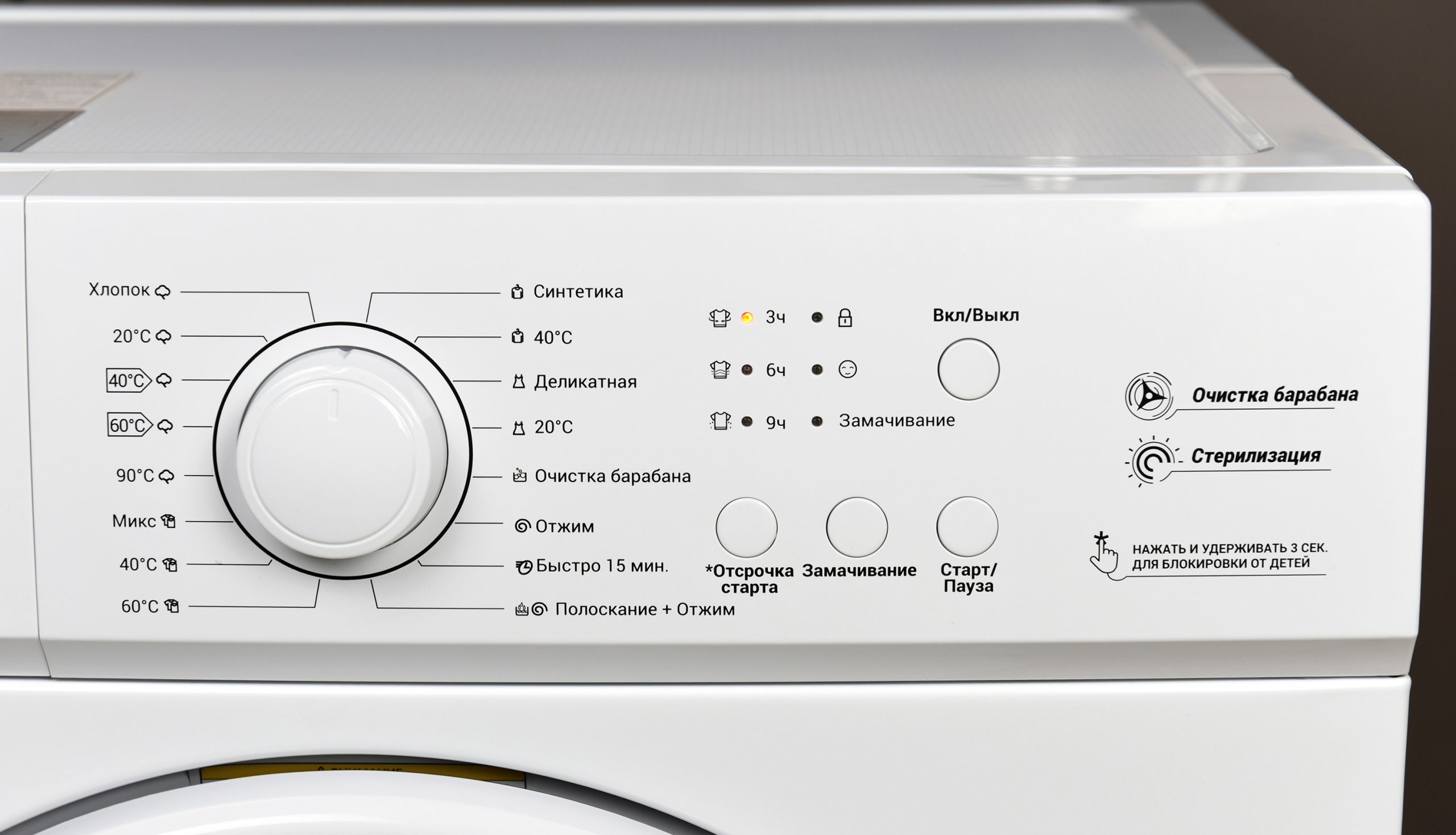
At what temperature to wash the tulle:
- 30 degrees, water temperature, optimal, suitable for materials such as nylon, organza, chiffon and muslin;
- temperature regime up to 60 degrees - for cotton and polyester;
- fabrics made of mixed fibers, which include both natural and synthetics, will feel good at a temperature of 40-60 degrees.
As you can see, mixed fabrics, for example, nylon or polyester, are the most unpretentious in the choice of temperature, but, nevertheless, they are washed worse at 30 degrees. As for machine washing, tulles of all types and materials require maximum care.

Therefore, before starting the machine, select a delicate program and a low spin setting.
Washing process
After all the preliminary manipulations, soaking, washing, studying the composition of the tulle, we proceed to washing. We place the curtains in the drum of the machine, close the door tightly.

But first, a few practical guidelines:
- To exclude mechanical damage to the fabric, it is best to wash the tulle in a special cover for gentle washing. No cover, use a pillow cover, the effect will be the same;
- When packing in a bag, gently roll up the fabric to avoid severe wrinkles and creases after the end of the wash;
- We set the temperature regime by the type of fabric (cotton, synthetics, mixed fabric)
- The spin of the machine should be gentle, a maximum of five hundred revolutions;
- We use a mild washing powder.
- We start washing in a delicate mode. Some models of washing machines are equipped with the "No folds" mode, it is he who is suitable for tulle.
To return the tulle to its snow-white whiteness, you need to add a special bleach for synthetic fabrics when washing.

Carefully read the instructions for its use, as excess chlorine can cause irreparable damage to your curtain. With less risk, oxygen powder can be used, which is quite effective in whitening.
Drying rules
In order for curtains made of tulle fabrics to last as long as possible, they require careful handling and systematic maintenance. The main enemy of tulle is washing, but it can be avoided only in one case, change the curtains to new ones every year.Few of the zealous owners are ready for such a step, therefore, to maintain freshness, the drapery will have to be washed at least twice a year.

The greatest wear of the fabric during washing occurs during the spin cycle, the conclusion is that it should be squeezed at the minimum drum speed, and it is better not to squeeze at all. After washing without spinning, the tulle will need to be dried. You will cope with this task without much difficulty, adhering to the following recommendations:
- remove the washed tulle from the laundry bag and hang it over the bathroom, let the rest of the water drain;
- the drying process will be accelerated if the curtains are placed in a well-ventilated area, avoiding direct sunlight;
- under no circumstances use household heating devices or hair dryers to dry.

If, after drying, there are folds on the canvas and the fabric is not completely aligned, it does not matter. Hang it on the cornice and slightly moisten it with a spray bottle. After a while, the tulle, under its own weight, will smooth out and restore its previous appearance.
Special detergents for washing
The most effective, for high-quality and safe washing of curtains, will be special means for the care of tulles and curtains. They are in sufficient quantity and variety in stores on the shelves with household chemicals. Such products qualitatively cleanse fabrics from various types of dirt, in addition, they have a mild whitening effect and light starching.

But, if special means, on time, were not at hand, you can use ordinary washing powders. So, for nylon, organza or cotton tulles, powder for automatic washing with bleaching is suitable. Before using such a powder, be sure to read the instructions for use of the product.
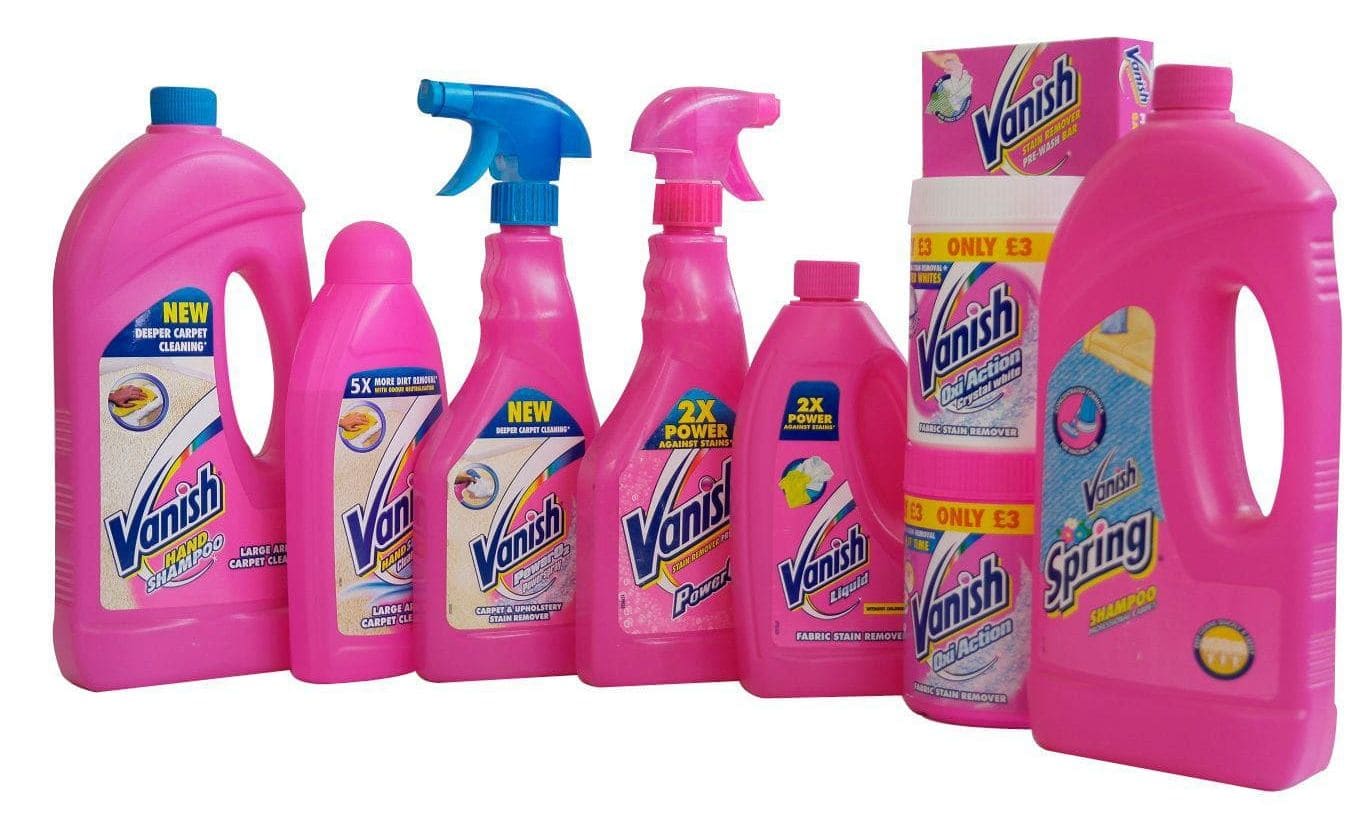
Detergents or gels for baby clothes do an excellent job with stains of various natures, moreover, they do not cause allergies. Veil, silk and other lightweight fabrics can be effectively removed in warm water with a delicate shampoo. The advantage of these shampoos is that they are easy to rinse out.
Folk remedies for washing
Over time, as well as from frequent washings, any fabric loses its gloss and novelty. To bleach the tulle, it is not necessary to use special bleaches and products for delicate fabrics. There are many popular tricks that will help return the snow-white air curtains. To achieve the desired effect, we need:
- table salt;
- alcohol solution of brilliant green;
- blue for any type of linen.
Often we are faced with yellowing of the tulle, especially often it happens with a curtain in the kitchen or if there is a lot of smoking in the room. To bleach such a curtain, you need to prepare a solution of sodium chloride and soak the tulle in it for 2-3 hours. For high-quality bleaching, you will need a strong solution, 30 grams of salt per 0.5-0.7 liters of warm water.
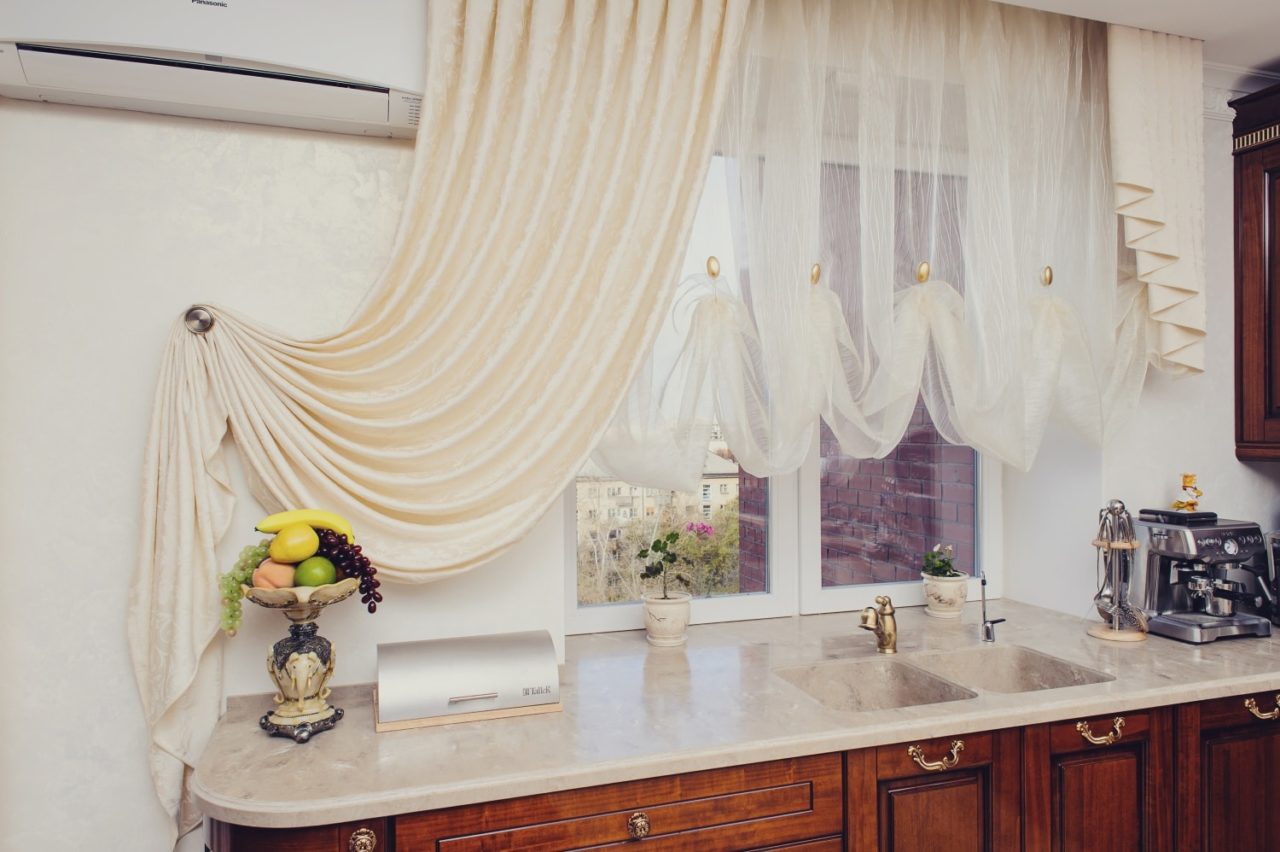
The next way. Dissolve 10-12 drops of brilliant green in a glass of warm water and pour it into a bowl of water, about 10 liters. The washed tulle is placed in the basin for 5-7 minutes, then rinsed thoroughly.
When bleaching with blue, the main thing is not to overdo it, half a tablespoon per ten liters of water is enough. Stir the solution thoroughly and rinse the previously washed tulle in it.
Manual washing method
Many, in order to minimize the risk of damage, when caring for delicate fabrics, prefer to machine wash by hand. Conventionally, washing by hand can be divided into several main stages:
- To soften the dirt on the fabric, pre-soak it.We place the tulle in a basin with water heated to 40 degrees and hold for up to three hours. To enhance the cleansing effect, you can add a small amount of baking soda or salt to the water. After soaking, lightly wring out the tulle and rinse.
- For washing, we will use the same basin, having previously replaced the water. Add washing powder or other suitable product, proceed in accordance with the instructions on the package. You can add a little vinegar to the water to make the wash more effective and reduce the risk of ruining the fabric. Remember, tulle loves gentle handling, so do not rub it hard and twist it when doing push-ups, it is better to let the water drain on its own.
- The final stage of hand washing is rinsing. Thorough splashing with the addition of blue will restore the freshness and shine of the tulle.
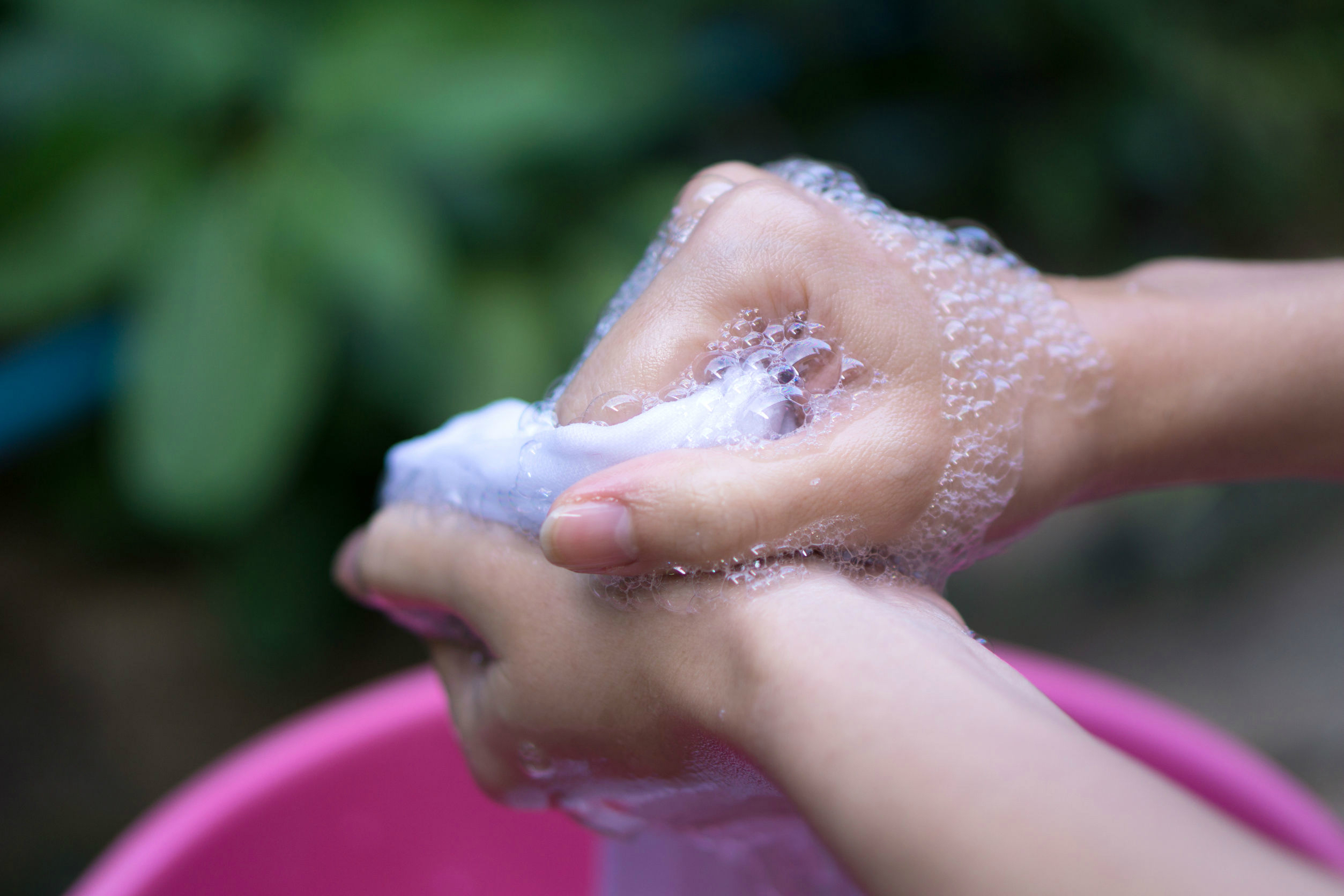
Rules for washing tulle from different types of fabric
Much time has passed since the birth of a fabric called tulle. Today it is a collective name. It is understood as a variety of delicate fabrics, woven from both natural and synthetic fibers. To properly care for such a fabric, you first need to decide on its composition, the method of weaving the fibers and the features of the surface pattern.
Nylon
It is a fragile and delicate synthetic fabric that requires very delicate handling. Types of fabric differ in the way they are woven and in the degree of transparency. Nylon wash should be started by soaking for about half an hour. To do this, we use water at room temperature with the addition of a small amount of detergent.

It would be more correct to use products without alkali and active bleaching additives. It should be washed carefully, with soft movements, without stretching the nylon tulle. After that, lightly squeeze and rinse in cold water. It is unacceptable to unscrew the nylon, we hang it over the bathroom and wait for the remaining water to drain. Machine wash is carried out in a delicate mode at a temperature not exceeding 30 degrees.
Organza
The fabric is obtained by tightly weaving silk, viscose or synthetic fibers, due to which it acquires rigidity and retains its shape well. The transparent and airy organza practically does not wrinkle and repels dust. The surface may contain prints, embroidery or jacquard inserts. With all the advantages, organza remains quite capricious and, if used incorrectly, may leave streaks or white spots on it.

Therefore, to wash such tulle, you will need products with a low foaming effect, for example, gels or delicate care products. On average, one wash consumes one tablespoon of the product per ten liters of water. The temperature should not exceed 30-35 degrees. Organza must be rinsed with cold water before washing to remove lint and dust, thereby preventing them from sticking to fibers at higher temperatures.
Veil
Textiles of a soft, fine texture of a plain type of weaving of fibers. For the manufacture of veils, cotton, linen, silk or synthetic raw materials are used. It folds easily and smoothes well. The veil is produced bleached, with the possibility of drawing or coloring. It is undemanding to care for, it is quite enough to wash it by hand or in a machine with a delicate spin and dry mode.

But first, the voile tulle must be soaked in cold water with a little mild detergent. The best way to wash the veil is by hand using a liquid, such as curtain shampoo.
Please note that when washing such tulle, a copious amount of foam is formed, so add shampoos in moderation. The fabric should not be wrung out so as not to wrinkle.Machine wash can be applied to synthetic veils.
How to bleach tulle
The longer the tulle decorates our windows, the more, over time, it fades, acquiring yellowness. The task of washing is to restore the snow-white look of the tulle. The simple solution is to use bleach. This affordable household cleaning product comes in a variety of powders, liquids, or gels. Bleach can be used both at the soaking stage and directly during washing. Bleaching curtains can be a separate step.

At the end of washing, but before rinsing, the cloth is briefly immersed in a container with a bleaching solution. The bleaching agent is selected taking into account the composition of the fabric, but it should definitely not contain chlorine, which does not completely spoil the appearance of the tulle. Chlorine-based products do an excellent job of bleaching while destroying fibers.

To solve our problem, preparations with active oxygen are best suited. They are distinguished by their mild action, while doing an excellent job of whitening. It is important to use detergents strictly following the manufacturer's instructions.
How to remove tough stains
If stains are found on the tulle, they are removed by washing. Fat deposits can be easily removed with dishwashing gel or laundry soap. We treat the stain with one of these products and soak the curtain for a couple of hours in warm water, up to 40 degrees. After the expiration of time, we process the area again, wipe it off and rinse it.

An aqueous solution of ammonia will help to cope with old contamination. To do this, mix, one to one, glycerin and ammonia, and wet the stain with the resulting liquid. We start processing from the edge, gradually moving towards the center. After waiting a few minutes, proceed to the machine wash. In a similar way, a mixture of vinegar with ammonia is prepared, it is also gently rubbed into a dirty place, after which the tulle is washed.
Do I need to iron the tulle after washing
It all depends on the composition of the fabric from which the tulle is made. Natural fiber curtains almost always straighten themselves after washing. It is enough to return them to the cornice, after preliminary drying, and after a while the tulle will return to its shape. Most tulles made from high quality synthetic materials also easily return to their previous shape and do not require ironing.

However, often, artificial fabric comes out of the wash, slightly wrinkled and requires light heat treatment to return to its previous appearance. To iron the curtain on the board, you will need a soft lining, for example, made of gauze; we maintain the temperature of the iron from 100 to 120 degrees. Movement on the surface of the fabric should be smooth, without jerking.

Longer curtains are easier to iron by weight. For this, steamers or steam generators are used, which can be used in vertical mode. Such a device is able not only to straighten the folds, but also to clean from light dirt, thereby increasing the period from washing to washing.
General care rules
In order for the window drapery to please the eye as long as possible, at least until you get bored, you should adhere to the simple rules for caring for the curtains:
- Regular airing, with wide open windows for 1-2 hours, will cleanse the fabric of a significant amount of dust and refresh not only the curtains, but also the room.
- Vacuum cleaner. Use the textile attachments to remove dust from the curtain surface.
- Steam is an excellent solution to the problem of cleaning up dirt and restoring the freshness of the tulle.
- Regular wet cleaning of the room. The less dust in the apartment, the less it accumulates on the curtains.
- Clean the curtain rods and hangings of the drapery from accumulated dust more often.
- Do not forget that thin and delicate tulle has an extremely negative attitude to intense mechanical stress during washing.

Tulle curtains made of different materials differ not only in their structure, but also in the features of their care, which, upon closer examination, is not so difficult. With the right approach to solving the problem, using available means, tulle can create comfort in your home for a long time.
Video: how to properly wash tulle
